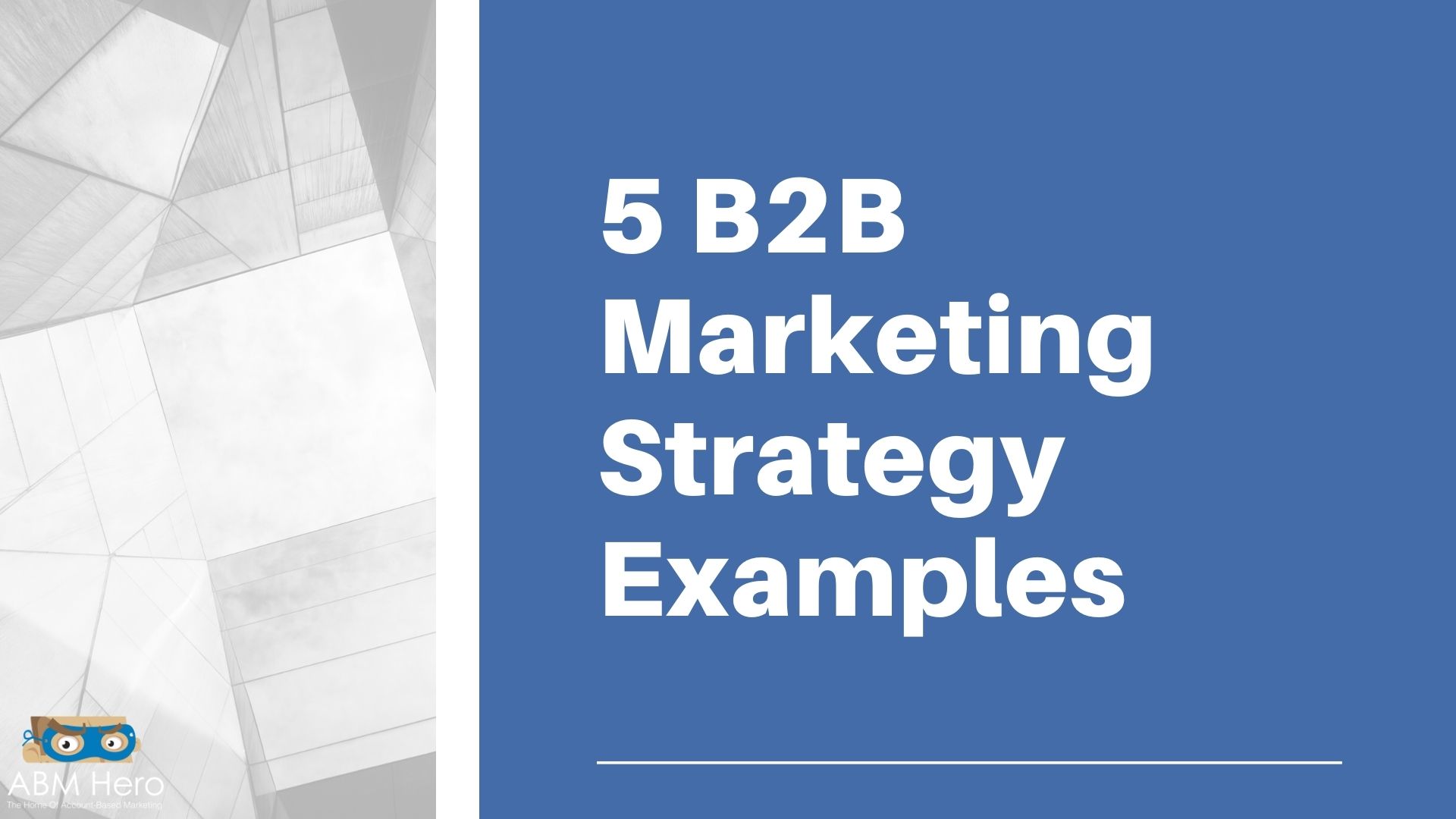B2B marketing strategies are designed to promote a company’s products or services to other businesses.
There are different ways to do this, and the efficient approach will vary depending on the products or services marketed, the target demographic, and the resources available.
Are you a business-to-business marketer looking for inspiration? Check out these five B2B marketing strategy examples from industry leaders.
Use Marketing Automation Tools
Marketing automation is a tool that helps businesses automate their marketing tasks. It is proposed to use marketing automation when implementing your B2B marketing strategy as it can help you save time and money, and it can help you improve your marketing results.
Using marketing automation, automating your marketing tasks such as email marketing, social media marketing, and lead generation are achievable. It connotes that you can save time on these tasks while focusing on other aspects of your business.
Again, marketing automation can help you improve your marketing results by providing you with insights into your marketing campaigns and guiding you to track your results.
A CRM can help automate your marketing campaigns in many areas. It helps you segment your customer base and target specific groups with tailored messages.
Besides, it helps you track the performance of your campaigns and adjust your strategy accordingly. Together with automating repetitive tasks such as emailing or sending out follow-up messages. Using a CRM, you can save time and effort while delivering highly effective marketing campaigns.
Create Short and Digestible Content
When crafting a B2B marketing campaign, it is often suggested to create bite-sized content.
Bite-sized content is more digestible for busy professionals who may not have plenty of time to dedicate to reading long-form content.
It is easier to share, both online and offline. It is essential as sharing is one of the fundamental ways wherein B2B marketing campaigns gain traction and reach new audiences.
Bite-sized content is more likely to be read and remembered than longer content pieces. Considering our brains are more likely to encode and recall information when presented in smaller chunks.
Examples of Bite-Sized Content
B2B companies create lots of different kinds of bite-sized content to run an effective marketing campaign. For example, they can create infographics, blog posts, eBooks, white papers, and so forth.
Each type of content has its set of perks that can help a B2B company reach its marketing goals.
Infographics, for instance, are a great way to communicate complex information aesthetically pleasing. It can be used to promote a new product or service or to simply raise awareness about a company or industry. Blog posts, on the other hand, are a great way to keep potential customers engaged with your company.
They can be used to share company news, offer beneficial tips and advice, or present internal researches that can shed light on a particular topic.
Sales and Marketing Working Together
By working harmoniously, the sales and marketing teams can establish a more coordinated and efficient approach to reaching potential customers.
The sales and marketing teams can productively use their resources to reach potential customers.
Likewise, through cooperation and support, the sales and marketing teams can acquire a comprehensive understanding of the needs and wants of potential customers.
The Bad Effects of a Disjointed Team
An inefficient sales and marketing teams could lead to unproductivity and a disjointed team.
One potential effect is that the sales team may not be aware of the latest marketing initiatives, so they could be miss out the opportunities to sell to customers.
Also, the sales team may not be able to effectively communicate the needs of customers back to the marketing team, as a consequence, the marketing team may not be able to produce the materials needed by the customers.
Then, if sales and marketing teams are not working hand in hand, it can lead to a siloed approach where each team focuses on their personal goals and objectives rather than working together towards a common goal. Resulting to tension and conflict between the two teams, not to mention the goal congruence of the company.
Ways to Combine Sales and Marketing Teams
One way to seamlessly combine the efforts of sales and marketing teams is to create a unified sales and marketing strategy.
It is by developing a clear and concise sales and marketing plan that outlines the goals and objectives of both teams.
Another way is to achieve seamless sales and marketing alignment by integrating sales and marketing data.
It is through a CRM system that tracks and stores data from both sales and marketing activities. On top of that, sales and marketing teams can work together more closely by sharing information, resources, and best practices.
Go Mobile
It is significant for a B2B business to be mobile-friendly. More and more people are using mobile devices to access the internet. If your website is not mobile adaptive, you are likely losing out on potential customers.
Mobile-friendly websites are often ranked higher in search engine results, so if you want your website to be noticed by as many people as possible, it is necessary to make sure your website is mobile-friendly.
Why Is it Important to Get Your Website SEO- Optimized?
Search Engines Optimization (SEO) is essential for B2B.
Optimizing for search engines can help improve visibility for the business, leading to an increased in web traffic and more opportunities for conversion.
Optimizing for search engines can help improve the quality of leads, as potential customers who are able to find the business through search engines are more likely to be interested in the products or services that the business offers.
In addition, optimizing search engines can help build trust and credibility for the business, as potential customers are more likely to trust a business that appear highest in search engine results.
Mobile-friendly websites provide a better user experience, resulting in higher conversion rates.
It is well-established that there is a direct correlation between a positive user experience and an increase in conversion rate. A positive user experience directly leads to increased customer satisfaction, and later becomes loyal and repeated customers.
Satisfied customers are also more likely to refer new customers to your business, resulting in even more growth. In other words, a positive user experience is fundamental for any business that wants to thrive and grow.
Real-time Marketing
Real-time marketing can be a valuable tool for executing better B2B marketing strategies. Real-time marketing is the practice of marketing in which messages are delivered in the moment, based on current events or trends.
This type of marketing requires a high level of agility and responsiveness, as well as a thorough understanding of your audience.
Real-time marketing can help you execute better B2B marketing strategies. It can help you be more responsive to your audience as real-time marketing is based on current events and trends, and it allows you to quickly adapt your message to what your audience is interested in at the moment.
B2B companies have some dilemmas executing real-time marketing. They often lack the necessary infrastructure to support real-time marketing efforts. Including things having a dedicated team of marketers who are solely responsible for real-time marketing activities, as well as the necessary technology to support those activities.
Also, B2B companies often have a more complex sales cycle than B2C companies, which can make it challenging to align marketing activities with the needs of the sales team. (Check this separate article which outlines the differences between B2B and B2C).
Finally, B2B companies are often more risk-averse than B2C companies, making them hesitant to invest in real-time marketing initiatives.
If you’re looking for examples of how to put together an effective B2B marketing strategy, quoted above should give you some good ideas.
It all has different ways of approaching the market but has one thing in common: they know their audience as well as their needs. Keep this in mind when devising your marketing strategy, and you’ll be well on your way to success.





